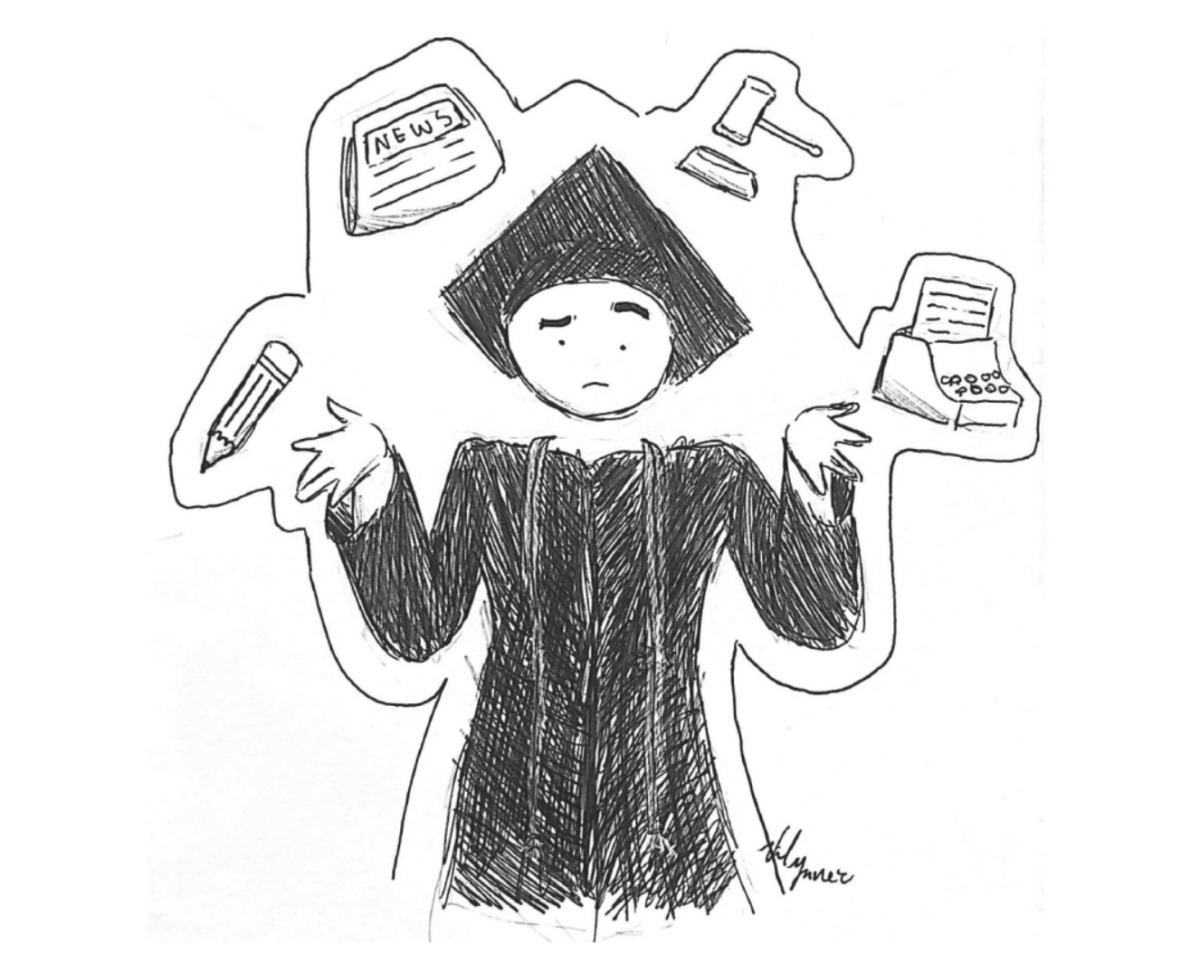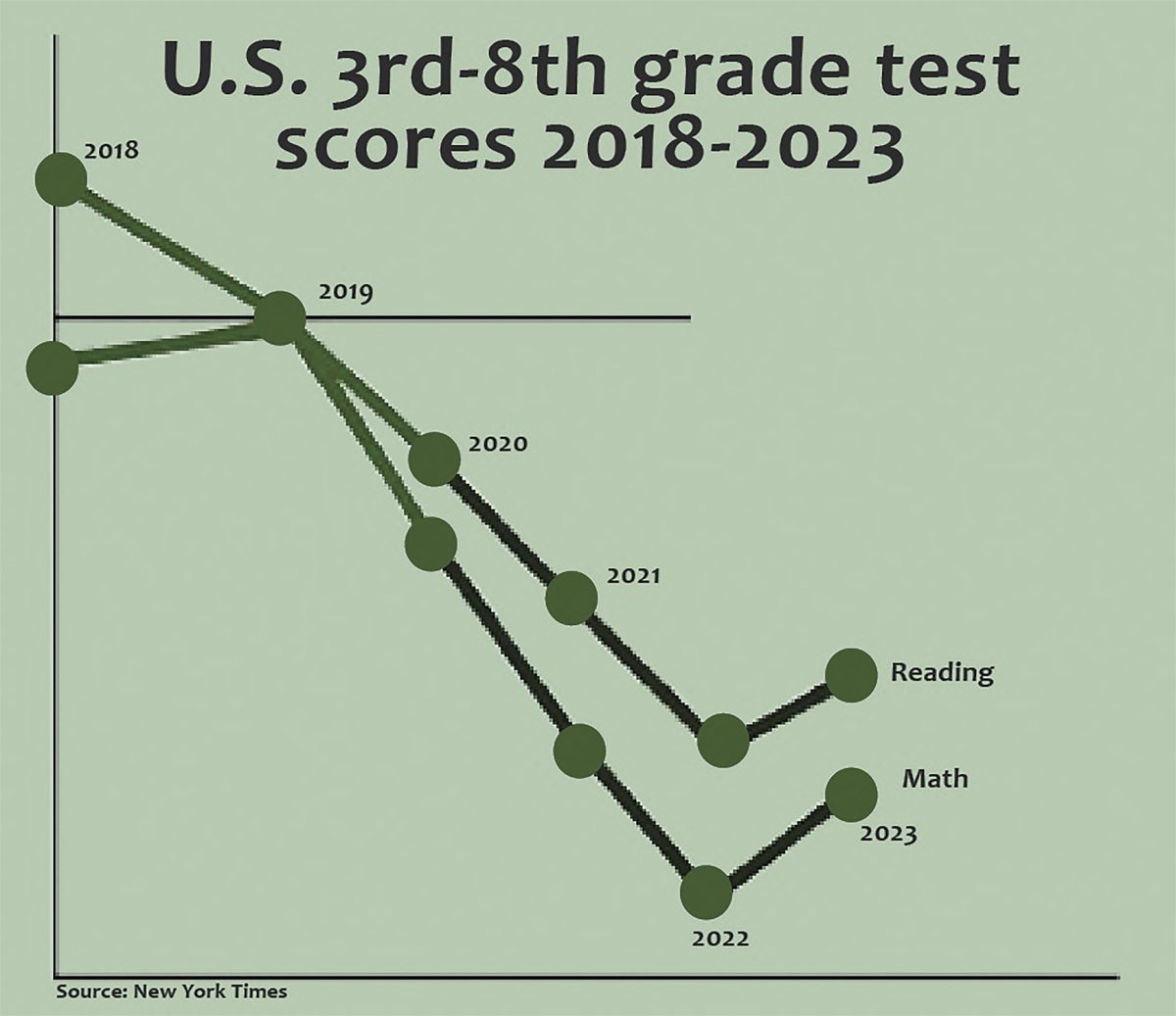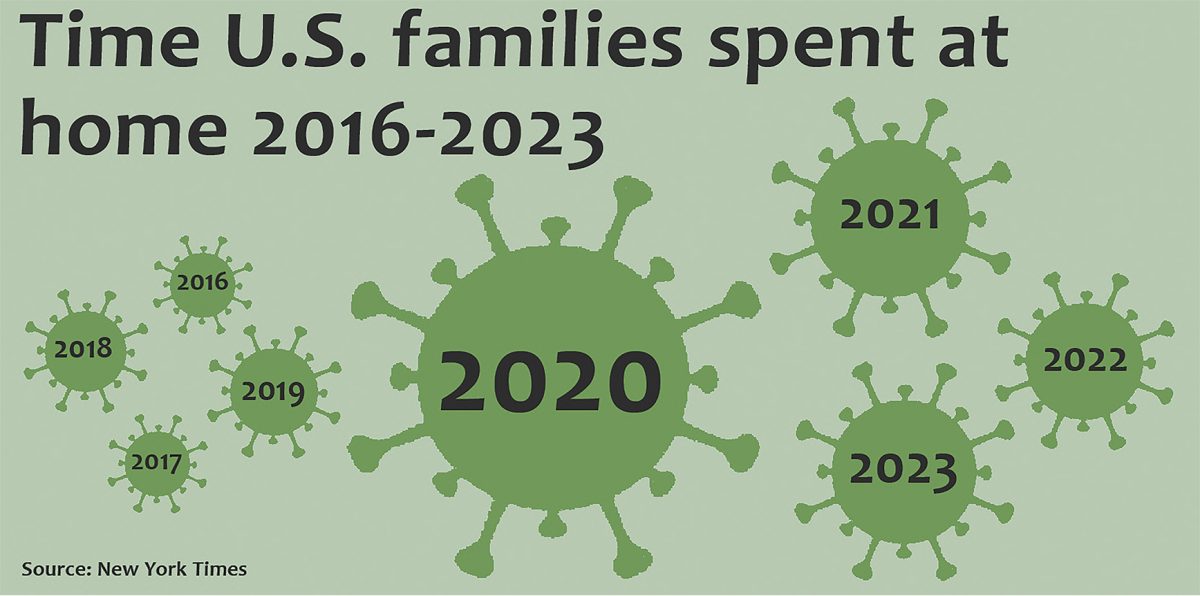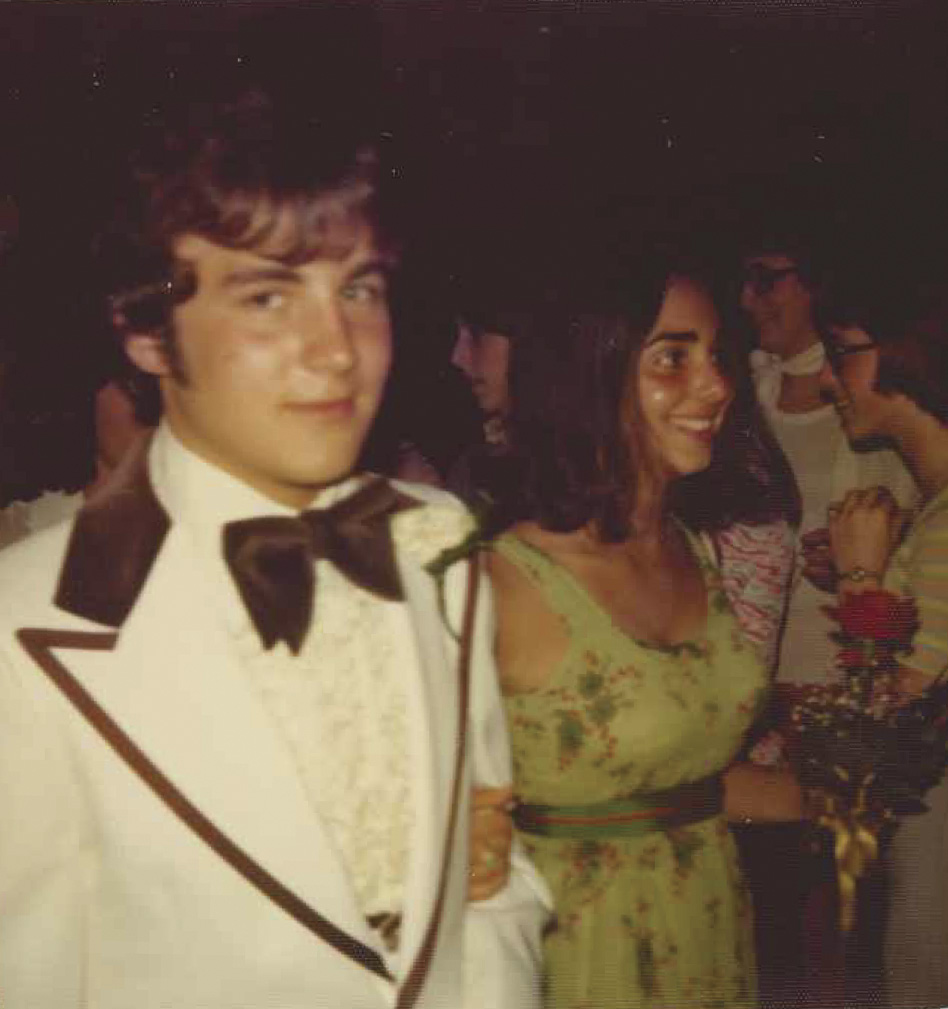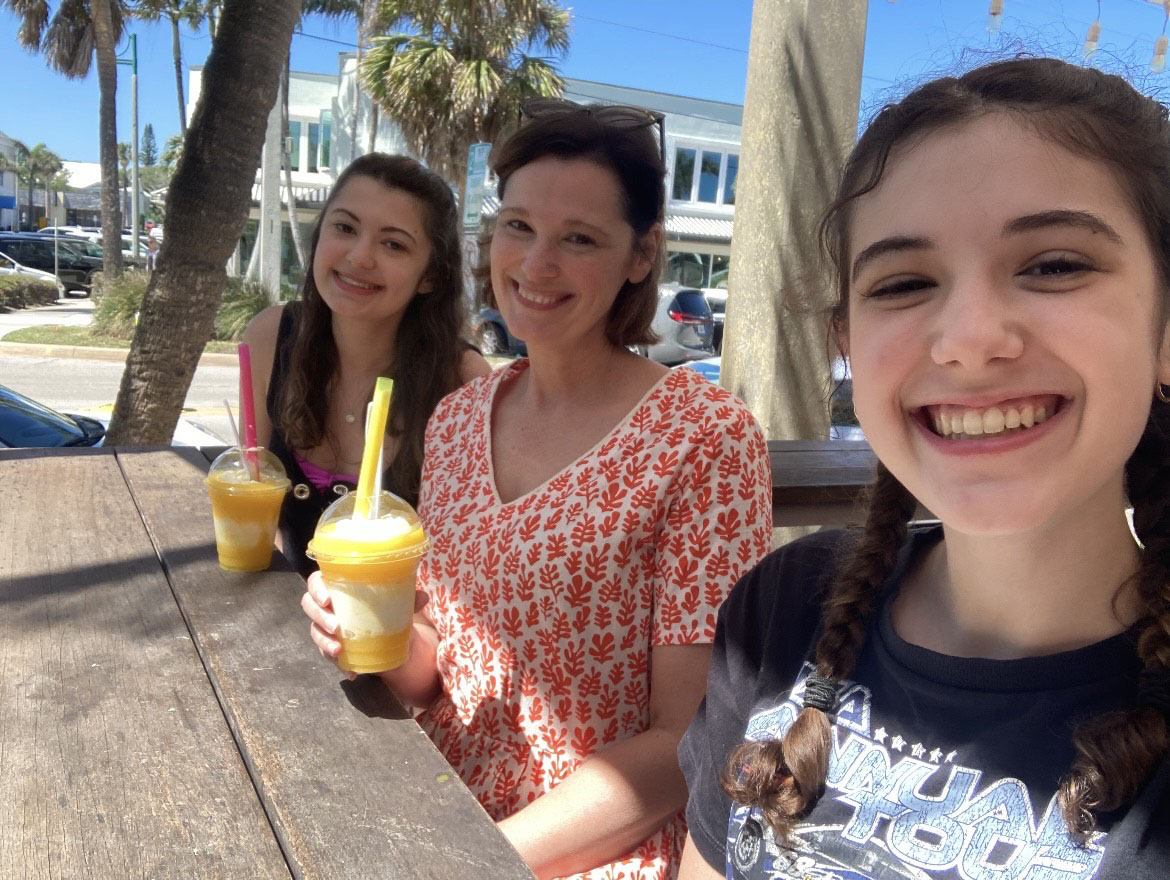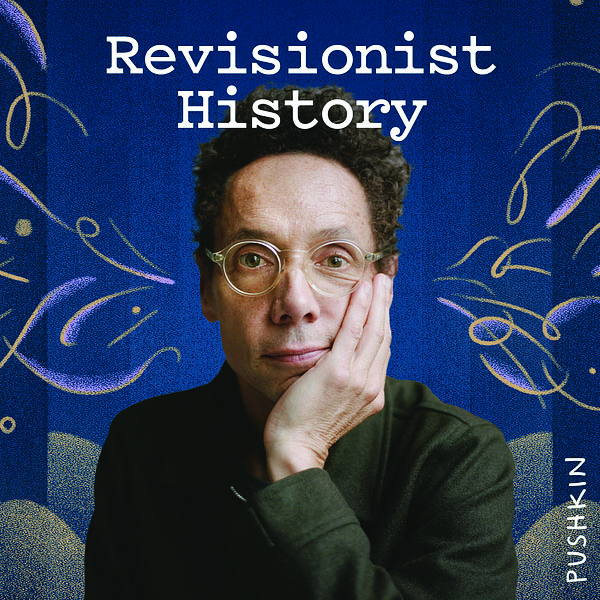By Henry Elmore and Harper Reinhard / Staff Reporters
Students who struggle with certain chronic medical conditions try many treatments, from painkillers like Tylenol and Advil to holistic remedies like essential oils and acupuncture, with sometimes dubious results. After a long struggle, some have turned to medical marijuana as a solution to their pain.
“It seemed like nothing was going to work, and it was going to be something I was just going to have to deal with,” said Cathy Allen*, a student who suffers from chronic migraines.
That was until she discovered a new, unconventional treatment to try as her last resort: medical marijuana.
Marijuana has been used for thousands of years across various cultures to relieve symptoms associated with a spectrum of ailments, including stress disorders like PTSD, neurodegenerative diseases like Alzheimer’s and even certain cancers, according to the Ohio Legislative Service Commission.
The Commission defines medical marijuana as marijuana that is cultivated, processed, dispensed, tested and used for medical purposes. A medical marijuana card, or “med-card,” is a state-issued identification card that acts as a prescription allowing patients to purchase marijuana for medicinal purposes.
According to the State Medical Board of Ohio, House Bill 523 legalized medical marijuana in September 2016. The Ohio Medical Marijuana Control Program allows people with qualifying medical conditions to purchase and use medical marijuana upon approval of a doctor certified by the State Medical Board of Ohio.
Allen said after her struggle to find relief for her chronic migraines, she found an online video describing the benefits of medical marijuana, and she decided to try it out.
Similar to Allen, Mason Crow* said he suffers from PTSD and has tried countless treatments in order to find a solution. However, none of them successfully relieved the pain, so he decided to do his own research, he said.
“I went online and did some research because I knew I had a problem, and I wanted to fix it,” he explained.
Allen and Crow both said they had similar experiences with the process of applying for their med-card. Crow said he attended a Zoom call where he was asked to answer 10 questions about his symptoms and other treatments he had tried for his condition prior to deciding to apply for a med-card.
“They asked me questions about my condition and then at the end of the interview they determined whether or not I was approved,” Crow said.
According to the Commission, after a patient is approved by a licensed physician, a request is sent to the Ohio Board of Pharmacy for registration.
“Mine got approved by the state pretty fast, like the same day I spoke with the doctor,” Allen said.
Dr. Shelly Blackburn, a physician qualified to prescribe medical marijuana cards, believes the process of obtaining a med-card online is too easy.
“I’m not sure if you do it online that you really do have a relationship with the person, and I know the kids I’ve given a card to and I trust them,” Blackburn said. “Having a one-on-one relationship with that patient, especially if it’s someone who’s [under 18-years-old], that would be really difficult for me to do over the phone.”
Both Blackburn and the students with med-cards said the simple process allows people who don’t have a qualifying condition to still be able to obtain a med-card with ulterior motives.
Janson Tarp*, who also suffers from PTSD, applied for a med-card primarily for safety reasons rather than to treat his condition.
“The med-card, for me, was less about symptom relief than it was about safer pathways to legal marijuana,” Tarp explained. “I thought it was a safer way to do something that I was already doing.”
Blackburn said she agrees medical marijuana is a safer alternative.
“I’d rather have them do medical marijuana if they are going to be doing marijuana because of the things that can be present in street marijuana, like fentanyl,” Blackburn explained.
Blackburn added she prescribes medical marijuana cards to patients but tends to be stricter when it comes to treating adolescents “because we don’t know the effects of it on the developing brain.”
Tarp said he believes access to a medical marijuana card comes with both freedom and responsibilities.
“I think when something like marijuana is so accessible to you, it’s a lot easier to become dependent on it because there’s nothing barring you from buying more of it at any point,” he said.
With a med-card, the amount of cannabis one is able to buy is regulated by a set number of days that reset every month, Tarp said.
“Days are like a currency when you go to the dispensary,” Allen said. “It depends on how many milligrams the product contains, but edibles are normally like two days…but, the amount of marijuana I would need to buy to use up my days is ridiculous.”
The price of the medical marijuana card itself can vary. Tarp paid $150 for the doctor’s appointment and $30 for the certification itself. However, Crow had a pricier experience, paying $200 for the doctor’s appointment and $50 for the certification.
Crow said he had to pay this fee on his own because his parents are unaware that he owns a med-card.
“I’m 18, so I don’t need their permission,” Crow said. “But I have to pay for everything myself.”
On the other hand, Tarp said his parents are fully supportive of his decision to have a med-card in order to attempt to improve his condition.
“They trust me to be responsible with it, and they know I’m an adult who can make responsible decisions,” Tarp said.
However, Tarp said he believes less responsible adults could easily take advantage of the system and acquire a medical marijuana card.
“I think there could be a better screening process,” Tarp said. “Marijuana can be helpful for people like me with problems, but there are too many people going around taking advantage of doctors’ trust.”
Henry Elmore is a Junior at Bexley High School and a reporter for The Torch staff. Outside of The Torch, he indulges in a weekly sail across the high seas. He’s also on the golf team.
Harper Reinhard is a Junior Staff Reporter on the Torch. Aside from Torch, she’s on the girls cross country team and loves to play with her dogs.



